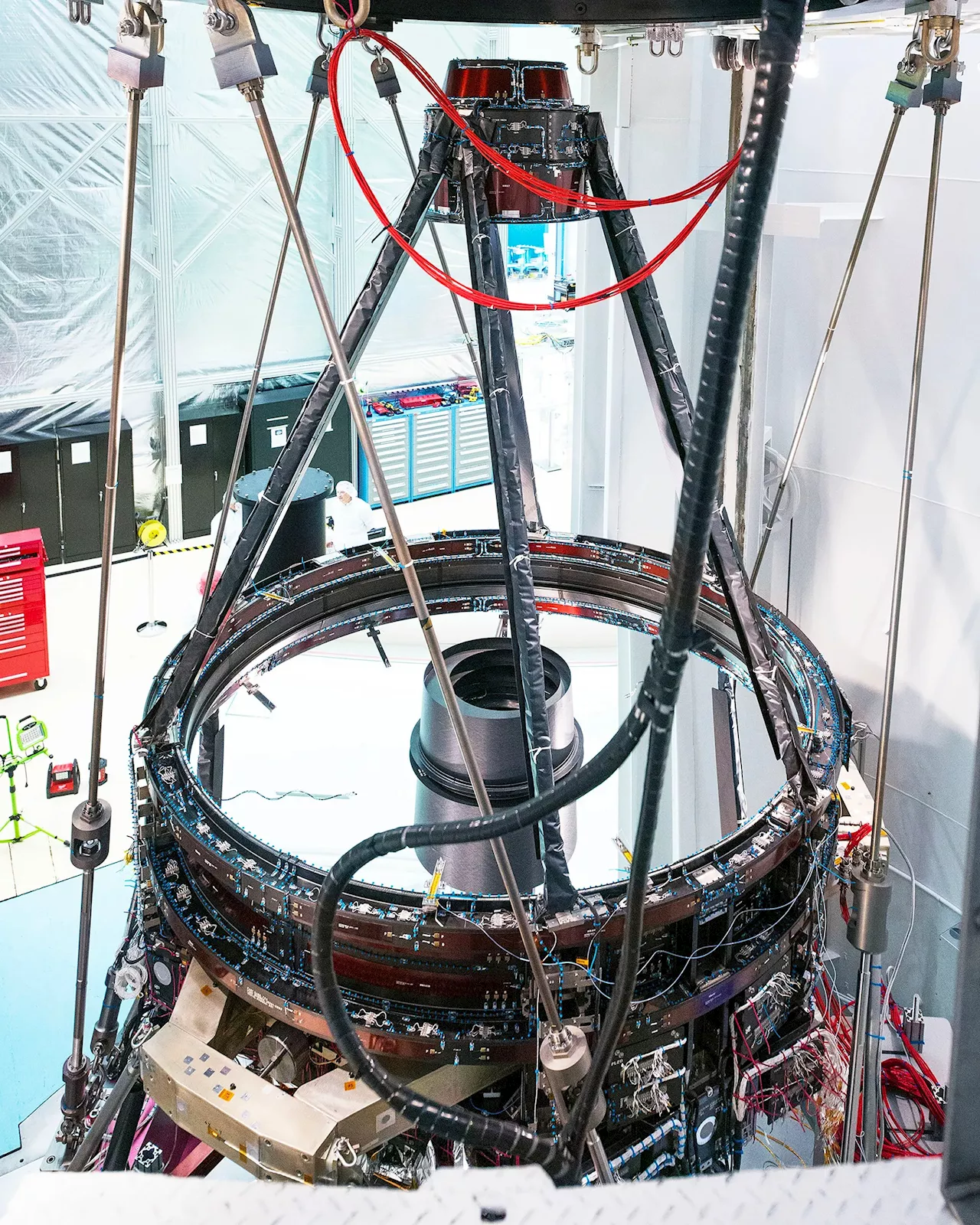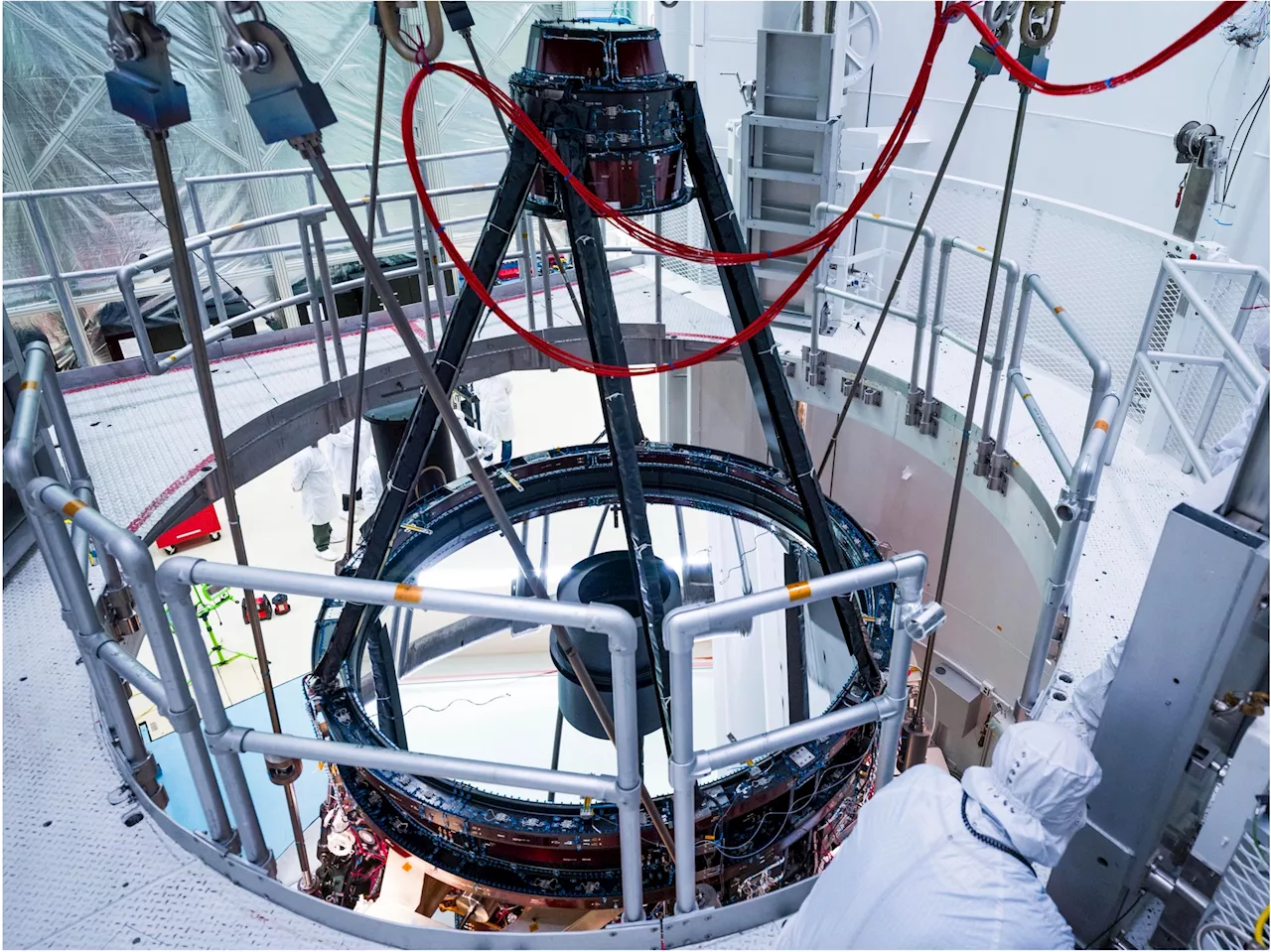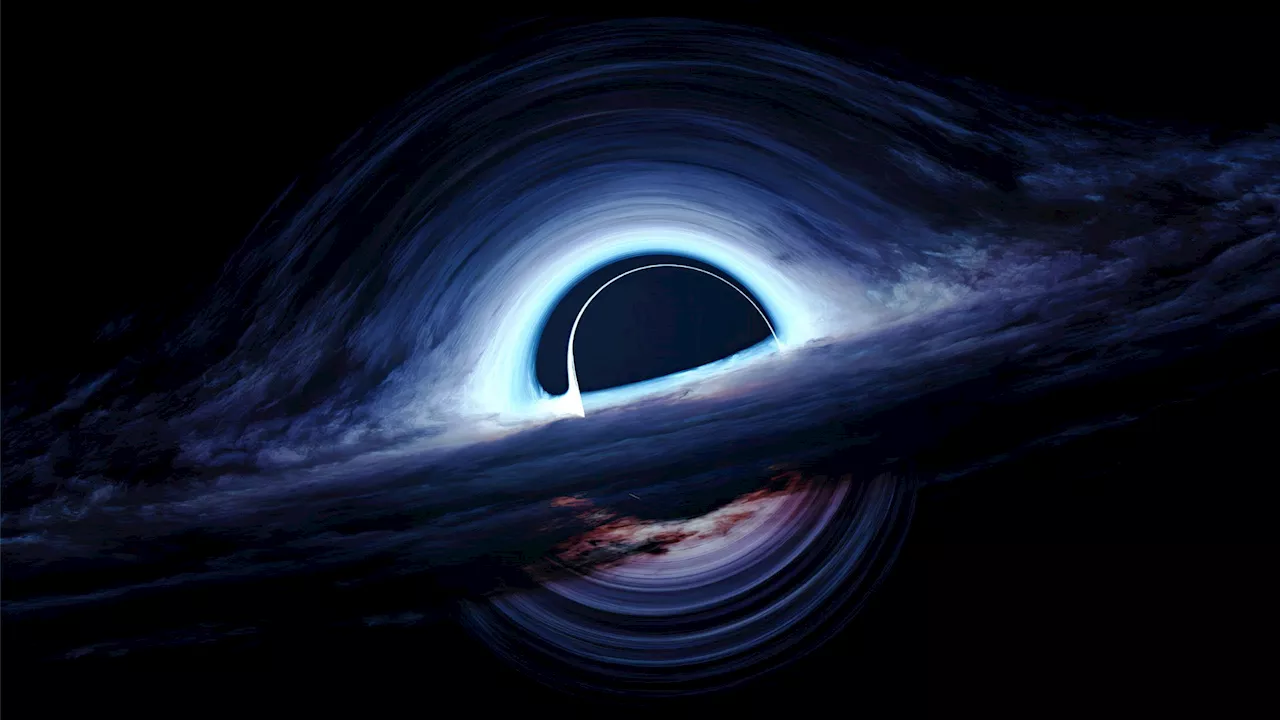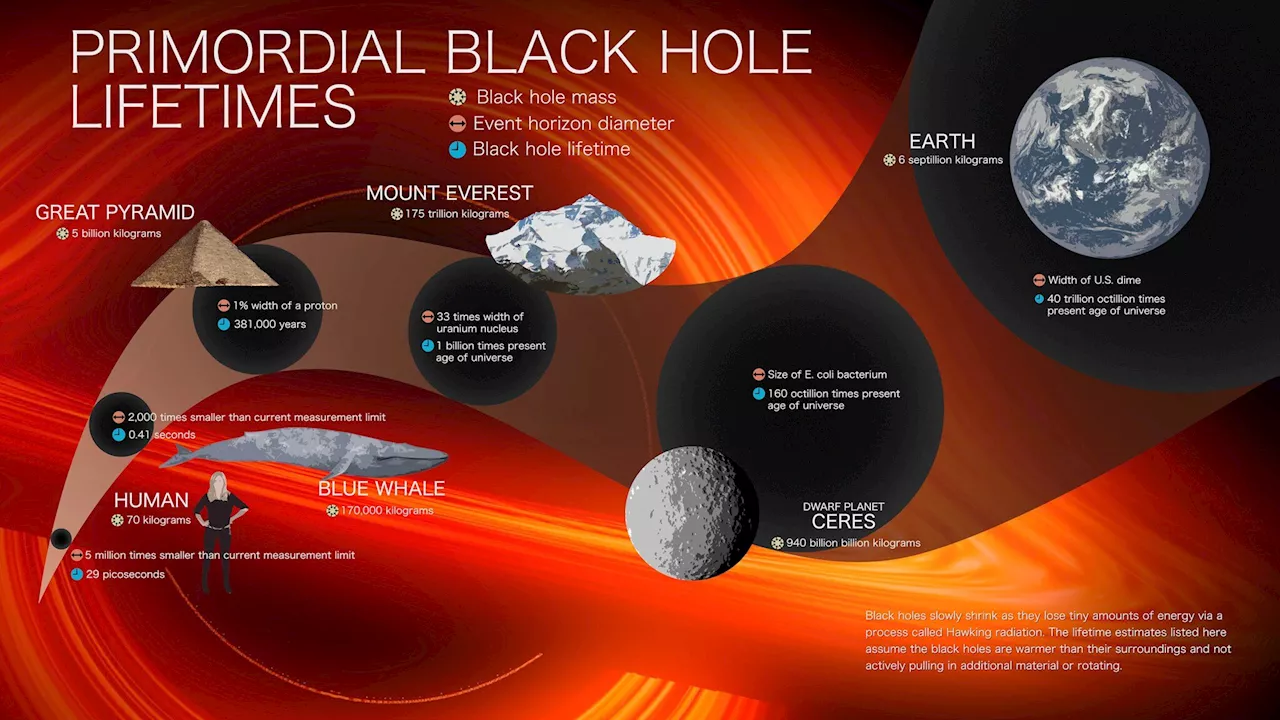Astronomers have discovered black holes ranging from a few times the sun's mass to tens of billions. Now a group of scientists has predicted that NASA's Nancy Grace Roman Space Telescope could find a class of 'featherweight' black holes that has so far eluded detection.
How NASA's Roman mission will hunt for primordial black holes retrieved 7 May 2024 from https://phys.org/news/2024-05-nasa-roman-mission-primordial-black.html
This document is subject to copyright. Apart from any fair dealing for the purpose of private study or research, no part may be reproduced without the written permission. The content is provided for information purposes only.Use this form if you have come across a typo, inaccuracy or would like to send an edit request for the content on this page. For general inquiries, please use ourThank you for taking time to provide your feedback to the editors.
Your feedback is important to us. However, we do not guarantee individual replies due to the high volume of messages.to let the recipient know who sent the email. Neither your address nor the recipient's address will be used for any other purpose. The information you enter will appear in your e-mail message and is not retained by Phys.org in any form.Get weekly and/or daily updates delivered to your inbox.
Physics News Science News Technology News Physics Materials Nanotech Technology Science
United States Latest News, United States Headlines
Similar News:You can also read news stories similar to this one that we have collected from other news sources.
 NASA's Roman space telescope's 'eyes' pass first vision testEngineers at L3Harris Technologies in Rochester, New York, have combined all 10 mirrors for NASA's Nancy Grace Roman Space Telescope. Preliminary tests show the newly aligned optics, collectively called the IOA (Imaging Optics Assembly), will direct light into Roman's science instruments extremely precisely.
NASA's Roman space telescope's 'eyes' pass first vision testEngineers at L3Harris Technologies in Rochester, New York, have combined all 10 mirrors for NASA's Nancy Grace Roman Space Telescope. Preliminary tests show the newly aligned optics, collectively called the IOA (Imaging Optics Assembly), will direct light into Roman's science instruments extremely precisely.
Read more »
 NASA’s Roman Space Telescope’s ‘Eyes’ Pass First Vision TestEngineers at L3Harris Technologies in Rochester, New York, have combined all 10 mirrors for NASA’s Nancy Grace Roman Space Telescope. Preliminary tests show
NASA’s Roman Space Telescope’s ‘Eyes’ Pass First Vision TestEngineers at L3Harris Technologies in Rochester, New York, have combined all 10 mirrors for NASA’s Nancy Grace Roman Space Telescope. Preliminary tests show
Read more »
 Black hole collision 'alerts' could notify astronomers within 30 seconds of detectionRobert Lea is a science journalist in the U.K. whose articles have been published in Physics World, New Scientist, Astronomy Magazine, All About Space, Newsweek and ZME Science. He also writes about science communication for Elsevier and the European Journal of Physics. Rob holds a bachelor of science degree in physics and astronomy from the U.K.
Black hole collision 'alerts' could notify astronomers within 30 seconds of detectionRobert Lea is a science journalist in the U.K. whose articles have been published in Physics World, New Scientist, Astronomy Magazine, All About Space, Newsweek and ZME Science. He also writes about science communication for Elsevier and the European Journal of Physics. Rob holds a bachelor of science degree in physics and astronomy from the U.K.
Read more »
 Black hole 'traffic jams' discovered in galactic centers by astronomersAn international study, led by researchers from Monash University, has revealed crucial insights into black hole dynamics within massive disks at the centers of galaxies.
Black hole 'traffic jams' discovered in galactic centers by astronomersAn international study, led by researchers from Monash University, has revealed crucial insights into black hole dynamics within massive disks at the centers of galaxies.
Read more »
 Astronomers uncover largest black hole in Milky Way galaxyThe Gaia BH3 black hole was found using data from the European Space Agency's Gaia mission.
Astronomers uncover largest black hole in Milky Way galaxyThe Gaia BH3 black hole was found using data from the European Space Agency's Gaia mission.
Read more »
 Astronomers discover largest black hole in Milky Way: StudyAstronomers identified the largest stellar black hole yet discovered in the Milky Way, with a mass 33 times that of the Sun, according to a study published on Tuesday.
Astronomers discover largest black hole in Milky Way: StudyAstronomers identified the largest stellar black hole yet discovered in the Milky Way, with a mass 33 times that of the Sun, according to a study published on Tuesday.
Read more »
